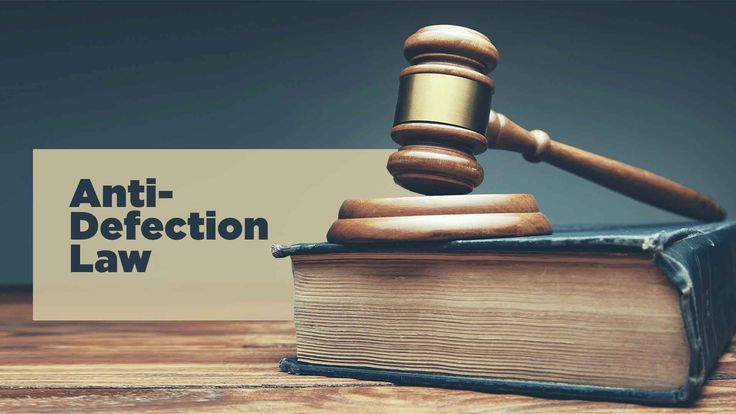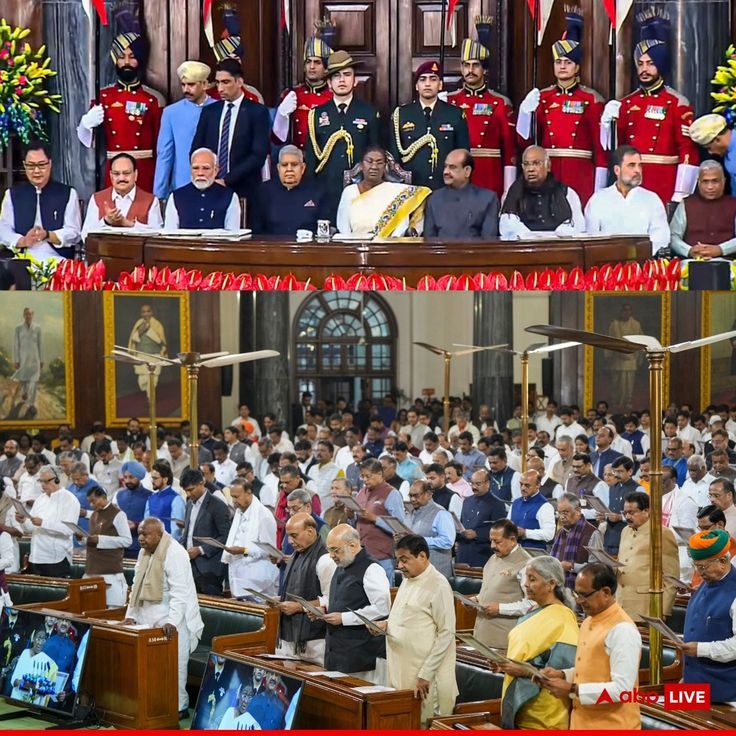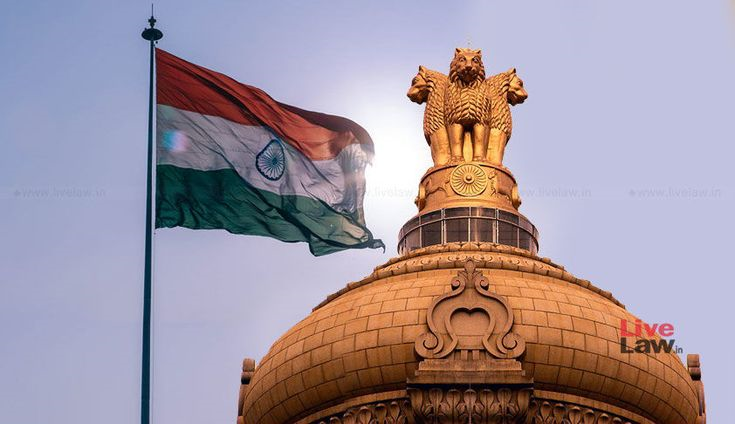Reframing the Introduction
India’s Constitution establishes a federal structure with a strong unitary bias. To safeguard the unity and integrity of the nation, the Constitution provides emergency provisions to deal with exceptional situations. One such provision is the State Emergency, also known as President’s Rule, provided under Article 356. This emergency is proclaimed when there is a failure of constitutional machinery in a State, meaning that the State Government is unable to function in accordance with constitutional principles. While intended as a protective measure, Article 356 has often been criticized for its misuse for political purposes. The Supreme Court’s landmark judgment in S.R. Bommai v. Union of India (1994) significantly curtailed such misuse and laid down safeguards ensuring the preservation of federalism.
Meaning and Constitutional Basis of State Emergency
State Emergency is declared under Article 356 when the President, on receipt of a report from the Governor or otherwise, is satisfied that the government of the State cannot be carried on in accordance with the Constitution. In such a situation, the President may:
- Assume the functions of the State Government,
- Dismiss the Council of Ministers, and
- Suspend or dissolve the State Legislative Assembly.
In essence, the Union Government takes direct control of the State administration during President’s Rule.
Grounds and Justification for Imposing State Emergency
State Emergency can be imposed under circumstances such as:
1. Breakdown of Law and Order
When internal disturbances, riots, or large-scale violence prevents the government from functioning constitutionally.
2. Political Instability
If no party secures a majority to form the government, or coalition governments collapse repeatedly.
3. Corruption or Misgovernance
In rare situations, where the ruling government engages in unconstitutional, authoritarian, or abusive practices.
4. Failure to Follow Constitutional Directives
If the State violates constitutional provisions, such as refusing to implement Union laws.
However, Article 356 is not meant to be used for political convenience, yet historically, many governments misused it to dismiss opposition-ruled states.
Procedure for Imposing State Emergency
- The Governor sends a report to the President regarding the breakdown of constitutional machinery.
- The President may issue a Proclamation.
- The proclamation must be approved by both Houses of Parliament within two months.
- Once approved, the State Emergency remains valid for six months, and can be extended up to three years, with conditions such as:
- National Emergency being in operation, or
- Election Commission certifying difficulty in conducting elections in the State.
Consequences of State Emergency
When President’s Rule is declared:
- The Governor administers the State on behalf of the President.
- The Legislative Assembly may be suspended or dissolved.
- All executive powers are exercised by the President through the Governor.
- Parliament or President performs the legislative functions of the State.
Even during this period, the Constitution remains in force, and Fundamental Rights continue unless suspended during a National Emergency.
Historical Misuse of Article 356
Before 1994, Article 356 was often used as a political weapon rather than a constitutional safeguard. Some examples:
- In 1959, the Centre dismissed the Communist government in Kerala.
- Indira Gandhi frequently dismissed opposition-ruled states.
- After 1977, the Janata government dismissed Congress governments in several States.
This repeated misuse threatened the federal balance, and therefore judicial review became necessary.
S.R. Bommai vs. Union of India (1994): A Landmark Judgment
This case became the turning point in controlling the abuse of Article 356.
Background
The case arose after the dismissal of the Janata Dal government in Karnataka. The Supreme Court took this as an opportunity to define the constitutional limits of State Emergency.
Key Principles Laid Down in the Judgment
- Judicial Review Permitted
- The Proclamation of State Emergency is subject to judicial review.
- Courts can examine whether the reasons for imposing President’s Rule are valid or mala fide.
- Floor Test is Mandatory
- Loss of majority should be proved on the floor of the Assembly, not by the Governor’s subjective opinion.
- Political disputes must be settled democratically inside the Legislature.
- Secularism as a Basic Structure
- If a State Government acts against secular principles, Article 356 may be validly invoked.
- President cannot dissolve the Assembly before Parliamentary Approval
- Until Parliament approves the Proclamation, the President may only suspend, not dissolve the Assembly.
- Restoration of Dismissed Government
- If the Court finds the proclamation unconstitutional, the dismissed government may be restored to power.
Impact of the Bommai Judgment
The Bommai case greatly strengthened Indian federalism. Its effects include:
- Discouragement of Arbitrary Dismissals of State Governments.
- Increased Governor accountability.
- Strengthened democratic decision-making through mandatory floor tests.
- Reduced political misuse of President’s Rule.
- Reaffirmed the importance of secularism and federal balance.
Since this judgment, the number of State Emergencies has significantly decreased, showing its long-term positive impact.
Mnemonic to Remember Key Points
Mnemonic: “F J S D R” → Floor, Judicial Review, Secularism, Dissolution Limits, Restoration
| Letter | Meaning |
|---|---|
| F | Floor Test is mandatory to prove loss of majority |
| J | Judicial Review of the Proclamation allowed |
| S | Secularism is part of Basic Structure, its violation can justify Article 356 |
| D | Dissolution of Assembly only after Parliamentary approval |
| R | Restoration of dismissed government possible if Proclamation unconstitutional |
About lawgnan
Understand the State Emergency under Article 356, a key constitutional provision ensuring stability during a breakdown of governance in Indian States. Learn about the misuse of President’s Rule, its judicial control after the S.R. Bommai v. Union of India (1994) case, and how the Supreme Court safeguarded India’s federal spirit through judicial review and floor tests. Gain clarity on constitutional mechanisms, historical misuse, and judicial reforms that protect democracy. Visit Lawgnan.in to read detailed legal insights, case summaries, and constitutional analyses essential for UPSC, judiciary, and law students.




